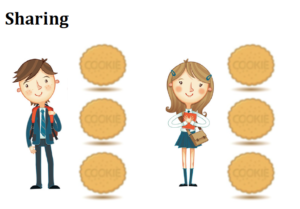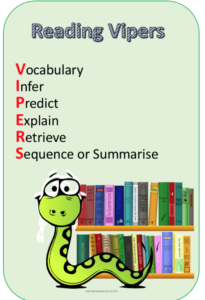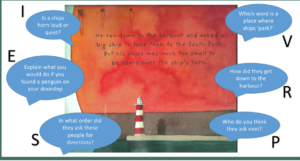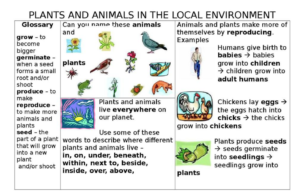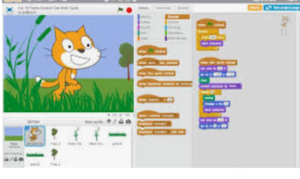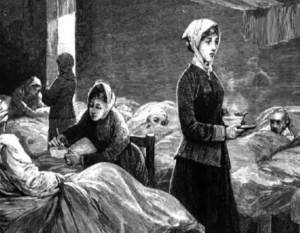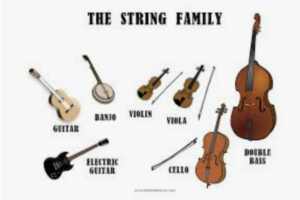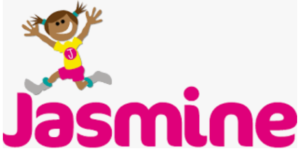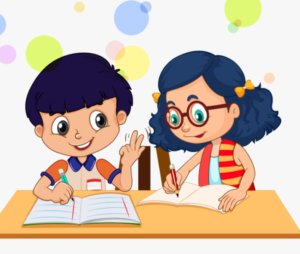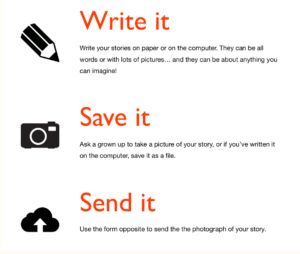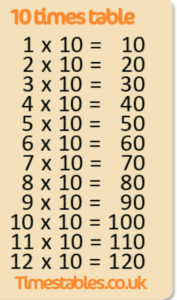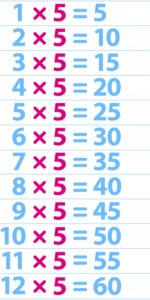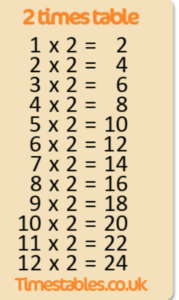Welcome to Westminster Bridge Class.
Class teacher: Mrs Ramakrishnan
Teaching assistant: Miss Dale
The Magic Brush
Long, long ago in Ancient China there lived a poor boy, who was called Chang. Although he loved drawing, Chang was too poor to have a paintbrush so he used a stick instead. He would draw in the sand or scratch marks on the walls.
Early one morning, Chang saw a large, silver fish trapped in the tall reeds by the riverbank. The fish were struggling to get free. He helped to release the fish because he felt sorry for them.
Later that day, Chang was sleeping. In his dream, a man dressed in a silver cloak spoke to him. “You are a kind boy Chang. I am giving you a magic brush. Use it to help the poor.” Chang woke with a start and lying beside him was a paintbrush.
So Chang painted the shape of a butterfly and to his amazement it changed into a real butterfly and flew away. Chang was delighted with this gift. He ran straight back to the village to see how he could help the poor people.
First, he painted a donkey for the young mother to help her carry her goods. Next he painted an ox to help the farmer pull his plough. After that he painted a hoe for the old lady to weed her garden. Everyday he found a new use for the paintbrush.
Unluckily, the Emperor heard of Chang and his magic brush. He sent for Chang and ordered him to paint a field of gold. Chang didn’t want to obey the greedy Emperor so he drew a sea with a tiny island in the distance.
“Where is my field of gold?” shouted the Emperor, angrily.
“Just here,” replied Chang, drawing a tiny field on the island.
“Paint me a boat so that I can travel to the island,” snarled the Emperor. So Chang painted a boat. The Emperor climbed onto the boat. Chang drew the north wind blowing towards the island.
“I’m going too slowly,” roared the Emperor. “Paint stronger wind.” “So Chang drew a storm. Suddenly, the waves grew rougher and rougher until the boat capsized and the Emperor disappeared. Then Chang drew a white horse so that he could ride home and tell his friends what had happened to the Emperor who wanted too much for himself.
This week we will be answering questions on the story of The Magic Brush in order to deepen their understanding. The children will have a variety of questions, including choice, retrieval and interpreting.
The children have enjoyed looking The Magic Brush’ story so far. This week we will be retelling the story through drama. We will then be using the ‘warning tale toolkit’ to box up the story into different sections.
The children will eventually use this toolkit to help them plan their own warning tale.
Maths – Division
Children will practically share cubes and counters between different people or they will group these objects in different ways.
- To make equal groups by sharing
- To make equal groups by grouping
- To divide by 2
- To divide by 5
To make equal groups by sharing, divide 16 oranges equally between 4 families
To divide by 2
Children will share objects between 2 people. Practically, they will also group objects into two groups.When dividing by two, children will be encouraged to use their knowledge of their 2 x tables. We will also explore the relationship between halving and dividing by 2.
To divide by 5
Children will share objects between 5 people. Practically, they will also group objects into five groups. When dividing by 5, children will be encouraged to use their knowledge of their 5 x tables.
| We will continue to read The Giraffe and the Pelly and Me by Roald Dahl. We will also be learning some new reading skills as a whole class using ERIC. The children will build their repertoire of different reading skills through the year. |
Is your child an author?
If yes, head over to Grant Koper’s website. Your child has the opportunity to have their story published on his website and their story read out of YouTube by Grant himself!!!
|
| We will continue to read The Giraffe and the Pelly and Me by Roald Dahl. We will also be learning some new reading skills as a whole class using ERIC. The children will build their repertoire of different reading skills through the year. |
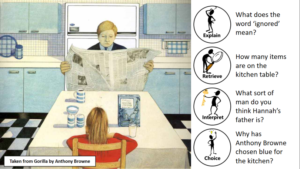 When reading with your child, please use VIPERS when asking them questions on the book they are reading.
When reading with your child, please use VIPERS when asking them questions on the book they are reading.Maths (Multiplication)
-
- To use arrays to solve multiplication problems
- To learn the 2x tables
- To learn the 5x tables
- To learn the 10x tables
- Using arrays to solve multiplication problems
Arrays can be used for building multiplication facts in a meaningful way. Before drilling and memorising tables, children must understand how these facts are derived. For example, by progressively adding another column of three objects, children can build the three-times tables for themselves.
To learn the 2,5 and 10 x tables the children will:
– Look at patterns and rules – 2 and 10 times tables the numbers are even. In the 5 times tables, they end in a 5 or 0.
| -Look at the rules of commutativity – Oral activities – songs, rhymes and raps help young children to memorise multiplication facts -Practical activities – flashing 5 fingers |
Examples of living things – baby, butterfly, oak tree, goldfish
Examples of things that were once alive – leather bag, cotton jumper
Examples of non-living things – plastic bag, metal
Art
We will continue to explore line and tone. The children will draw different facial parts by taking a line for a walk. They will draw a mouth, an eye, an ear and a nose without lifting their pencil form the paper. The children will apply this to Florence Nightingale. The children will draw a portrait of Florence Nightingale by taking their pencil for a walk.
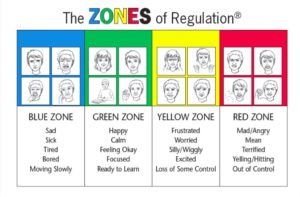
Is your child an author?
If yes, head over to Grant Koper’s website. Your child has the opportunity to have their story published on his website and their story read out of YouTube by Grant himself!!!




